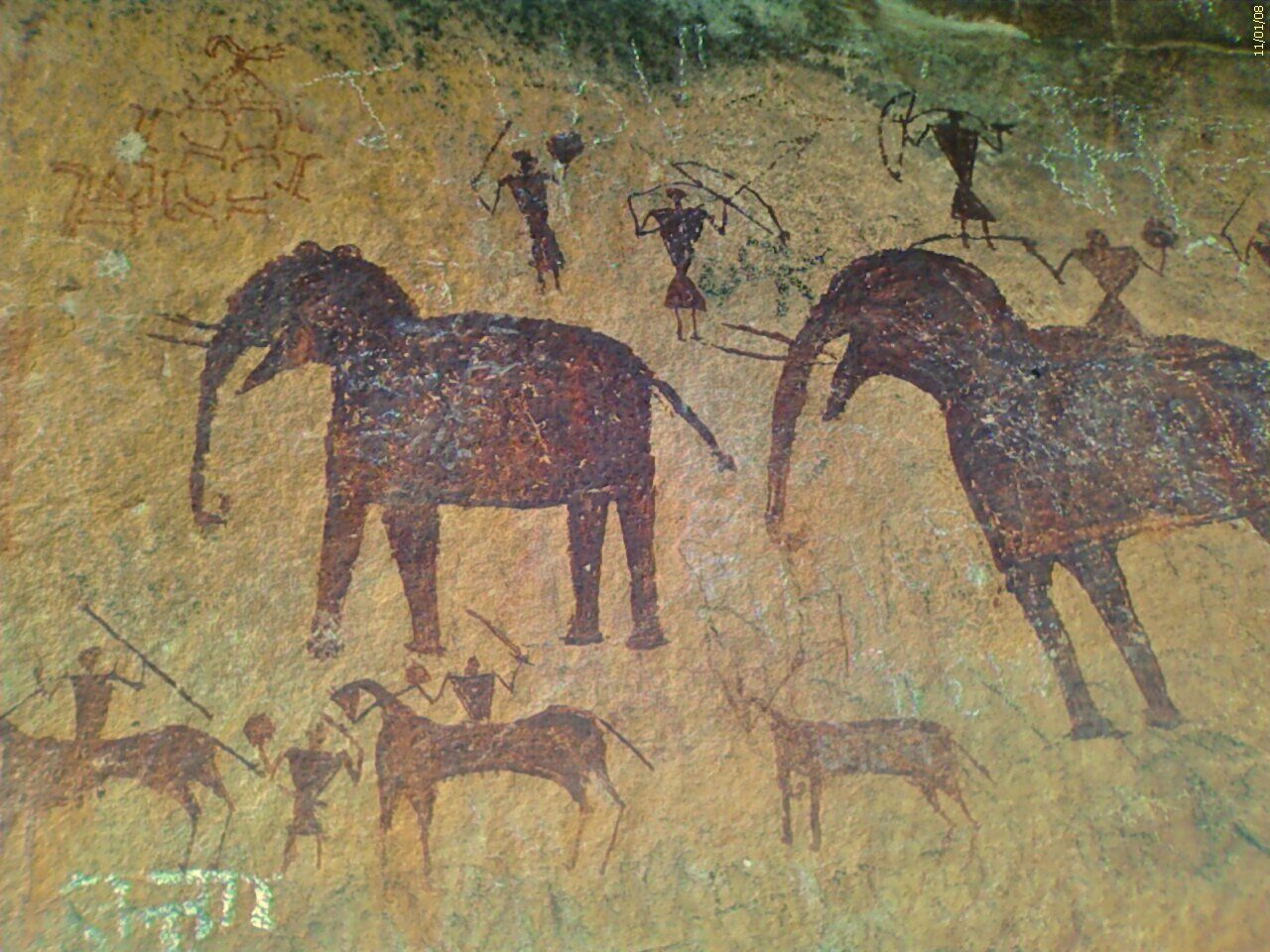The researchers revisited La Pasiega cave's rock art using new digital stereoscopic recording methods and identified previously unnoticed animal figures within the cave art. Specifically, they discovered new depictions of horses, deer, and a large bovid (possibly an aurochs) that had not been recognized before.
Some figures were previously considered incomplete as if the artist simply gave up on the rendering midway through. Through stereoscopic photography and a better understanding of how natural rock formations were incorporated into the artwork, these incomplete figures were reinterpreted as complete animal depictions.
Stereoscopic photographs allowed the researchers to establish correlations between the images and the irregularities of the cave's rock walls. These correlations were not easily perceptible in traditional two-dimensional photographs.
By incorporating natural rock features into the depictions, the ancient artist used the existing environment to enhance or become part of the artwork, creating a harmonious interaction between human-made and natural elements. The technique can give depth and three-dimensionality to the depicted figures and scenes.
The topographical features of the cave walls could also have inspired the artists' imagination. Cave dwellers may have experienced pareidolia, the psychological phenomenon of seeing unintentional forms in nature, like seeing shapes in clouds. If a bulge of rock looks a little like a horse's head, the artist might imagine the complete form, filling in the rest of the details.
For example, one newly discovered horse image measures around 460 x 300mm and is painted in red using variably spaced dots. It depicts the head with the corner of the mouth, an eye, an ear, and the beginning of the cervico-dorsal line. The figure makes use of natural features of the cave wall, with cracks in the rock incorporated into the outlines of the head and chest. The cervical-dorsal line adapts to a concave area of the wall.
Another horse is painted in yellow ochre, with a length from head to hindquarters of 600mm. The painted anatomical parts previously identified are the head, mane, back and hindquarters. Considering the shape of the rock surface, the authors suggest that a rock edge defines the belly of the horse, with natural cracks of the rock also defining the foreleg. Even without the application of paint, the natural rock surface evokes several anatomical elements.
Stereoscopic photographs allowed the team to identify dozens of correlations between images and irregularities of the rock walls of the cave, which are not visible in regular photographs. La Pasiega cave provides an excellent example of a site where previous research relied on the description of the art based on color, form and painting or engraving technique, with the natural rock surfaces only occasionally acknowledged.
The authors conclude that paleolithic rock art should be defined by more than just drawn, painted or engraved marks but also by the topographical features of the rock on which they are inscribed, as the two elements cannot be separated.
More information: Raquel Asiain et al, Animals hidden in plain sight: stereoscopic recording of Palaeolithic rock art at La Pasiega cave, Cantabria, Antiquity (2023). DOI: 10.15184/aqy.2023.122
Journal information: Antiquity




See things for what they are and then see more then what's physically there. Abstract brains in art in life ..